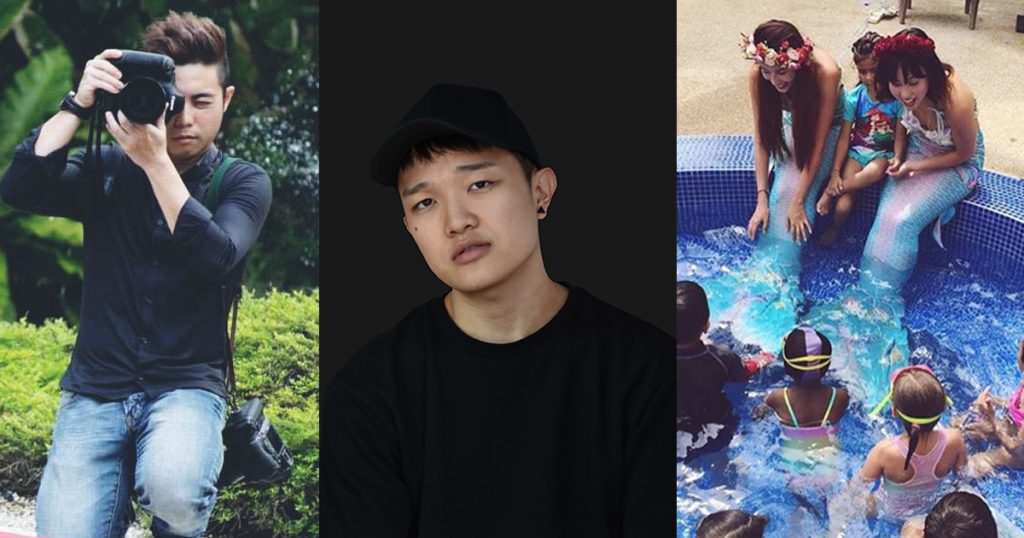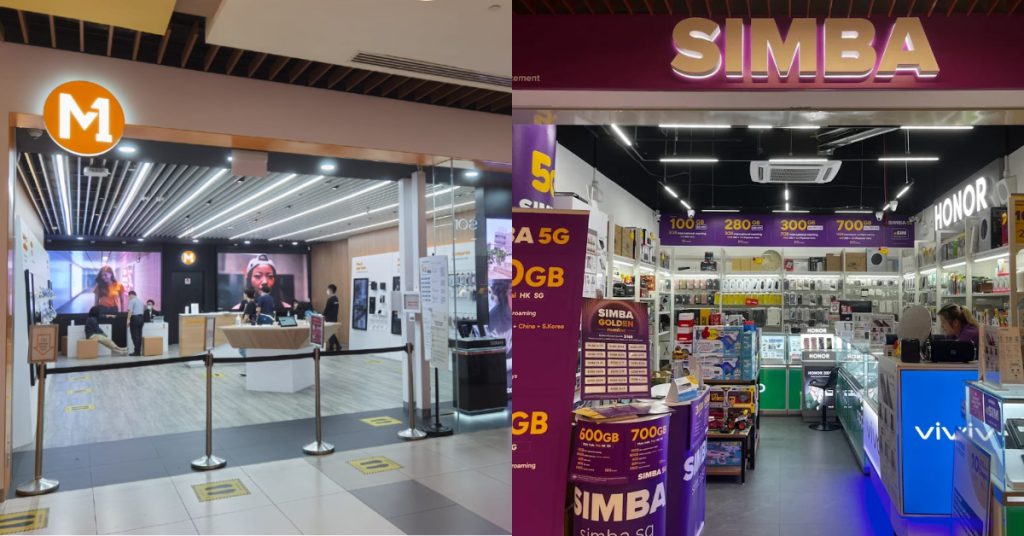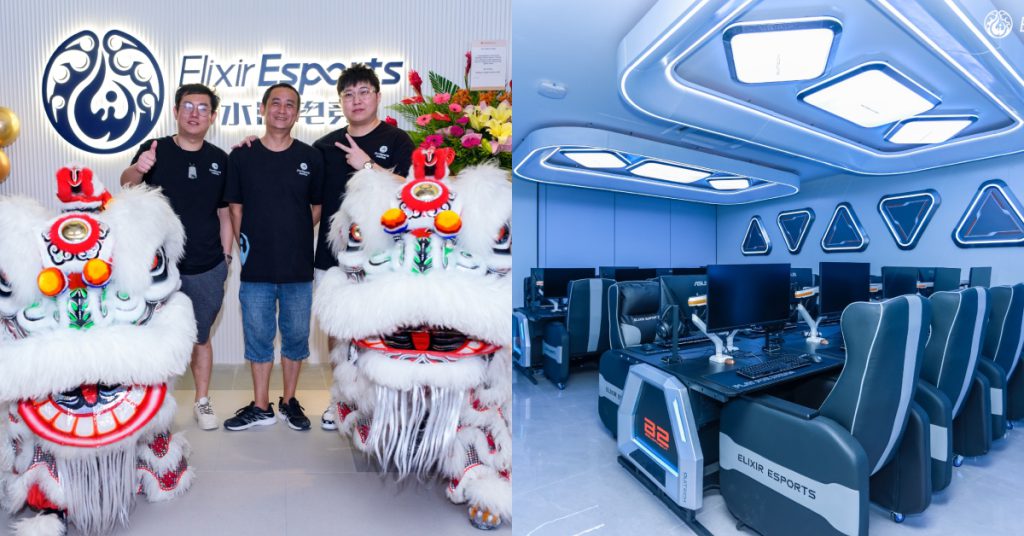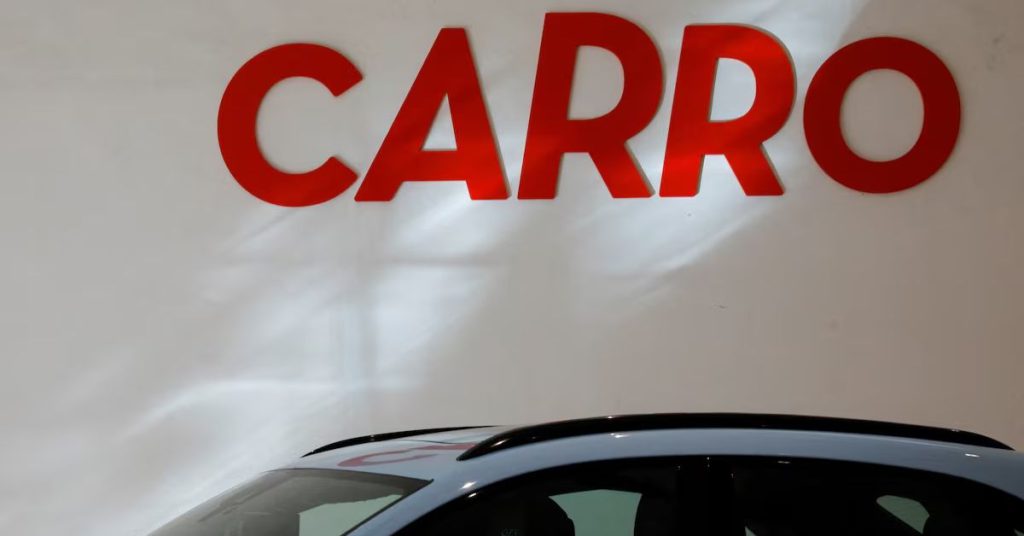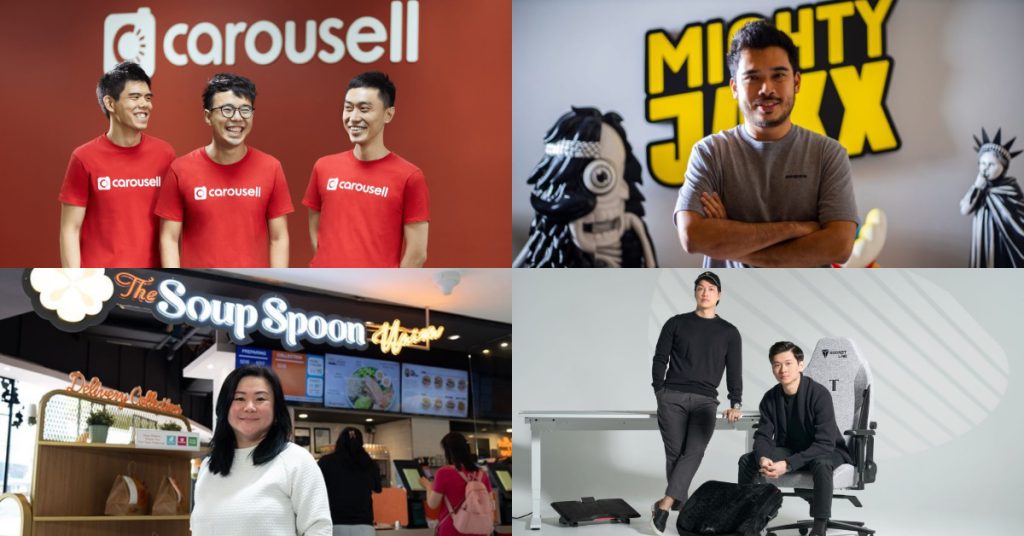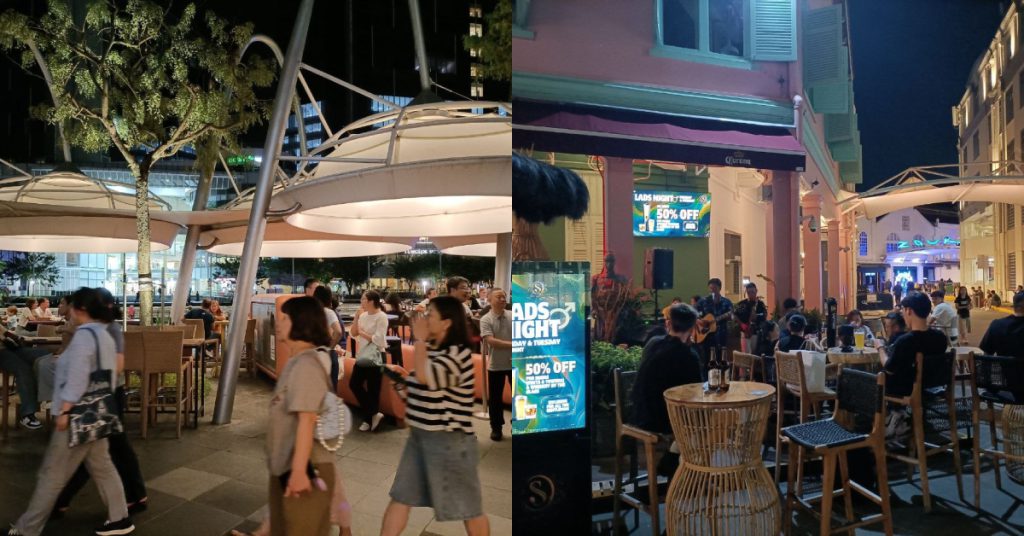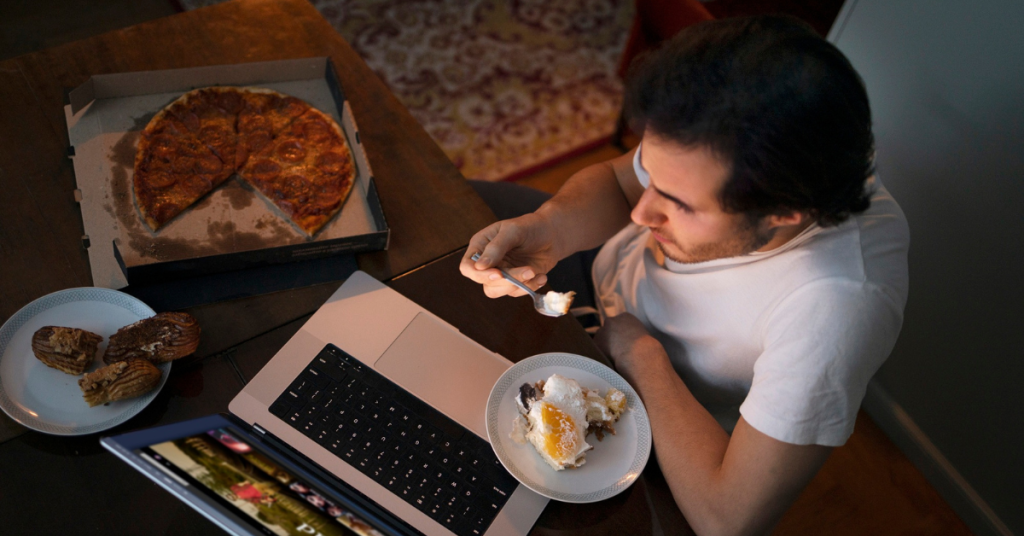Since May 2016, I’ve needed to give up Sunday mornings for work – tutoring a Primary 3 kid.
Fast forward to now – I’m still teaching the same kid (now Primary 5) on Sunday mornings. I’m also tutoring his younger brother on Saturday mornings.
Do I let out a small squeal of joy when a class is cancelled or postponed? Yes.
Do I want to throw in the towel and reclaim my weekend mornings? Not at all.
You see, these 2-hour sessions don’t just give me a little more income – they’re also something I use to mentally detach myself from my full-time job.
Don’t get me wrong, I love my job, but having another commitment on the side that I genuinely enjoy empowers me, and reminds me that while it’s my full-time job, I am not just a writer.
Like my example, side gigs/’hustles’ are increasingly common amongst millennials, and many do it for a large variety of reasons.
To find out more, I talked to 5 Singaporean millennials and found out more their motivations, and how they’re coping with their extra commitments.
*Responses have been edited for clarity and coherence
Melissa Chue, 27, Part-Time Food & Travel Blogger

1. What’s your full-time job, and how’s a typical work day like for you?
I’m a content specialist with a social media listening company called Digimind.
My day-to-day schedule entails running online lead generation activities, managing in-house content creation and digital campaigns, and liaising with other vendors and sometimes key opinion leaders in the industry.
2. What’s your side gig, and how’s a typical day/night like for you?
I’m a freelance writer who produces lifestyle content for brands and start ups who have outsourced their editorial calendar.
I also run my own food and travel blog (chueonit.com) and Instagram (@chuepachups), and occasionally guest write for other blogs too.
I tend to work on these projects on the weekends, or on weekday nights if the project is really urgent.
3. What motivated you to take up your side gig?
I took up freelance writing as a way to supplement my income when I was retrenched from my first job, and to keep my creative juices flowing during this brief period of unemployment.
My blog was initially for showcasing lifestyle pieces when I was searching for editorial jobs after I graduated.

4. What are some of the challenges that you face?
Time is definitely a challenge, especially when a client requires a certain piece of content to be posted or tweaked by a certain date and I can’t compromise on what I deliver at both jobs.
Energy is another because there is a trade off between being able to unwind and keeping to my commitment to my client. I once had to reshoot a video, get my client’s approval and publish just before leaving on a company trip; that was a real good lesson in time management.
My bosses have been pretty supportive as long as my side projects don’t overlap with my day job.
I guess it helps that I can cross apply skills like SEO, social media, and content marketing too!
5. How do you split your time and energy between both?
I try not to take on too many assignments or invitations per week.
This also allows me to focus on a few important projects instead of spreading myself too thin over too many.
6. Has there been a time when you wanted to give up on either? Why?
Right after I joined my current company, it was a pretty stressful period learning the ropes and I was starting to feel burnt out, as I was also in the middle of a major editorial project with another client. So, I scaled back on my freelance assignments and took a well needed break on the weekends.
I also (wrongly) thought it was inappropriate to be a lifestyle blogger and a tech marketer at the same time but I realised it ultimately boils down to balance.
My boss also started asking me for food recommendations so I pretty much took that as a ‘green light’, haha!
7. What’s a piece of advice you’ll give those who are also looking do have a side gig like yourself?
Don’t do it just for the sake of earning extra money, because you’ll burn out pretty fast.
Pick something you’re genuinely interested in developing for yourself, both career-wise and in your personal life!
Clara How, 28, Part-Time Mermaid

1. What’s your full-time job, and how’s a typical work day like for you?
I’m a writer for a women’s magazine.
My job involves (in a nutshell) pitching ideas, scouting for contacts, conducting interviews and writing articles. No day is the same, because no story is the same.
2. What’s your side gig, and how’s a typical day/night like for you?
Outside of the office, I’m a mermaid, where I swim and perform as my alter ego, Mermaid Kyrene.
It’s a hobby that’s become a bit of a lifestyle choice. I’ve purchased mermaid tails, tops and accessories, and occasionally invade a friend’s condo pool to swim in my tail.
What draws me to mermaids is how free I feel underwater (I know this sounds very hippie-esque, but honestly, when I swim I find that my worries abate), and the mythology behind them intrigues me.
I also perform at the occasional event and party, under The Singapore Mermaid Pod. We entertain children at birthday parties, and conduct activities such as storytelling and pool games such as underwater treasure hunts.
Our mission is to make a party as magical and memorable as possible.
3. What motivated you to take up your side gig?
I first joined The Singapore Mermaid School as a student, learning the mermaid trade from Syrena, Singapore’s first professional mermaid.
I thoroughly enjoyed the classes, and after finishing my lessons I would swim in my own time and try to get better (this involves being more graceful, holding your breath for a longer time, etc).
When the opportunity came to entertain children at parties, I was nervous but jumped at the chance, because I wanted to push myself to try new things.
My apprehension stemmed from my not having any experience, and as an only child I never had many opportunities to be around kids.
But after my first party, I was hooked.
When you see the look of delight on a child’s face when they see you, and their excited, endless questions about what life is under the sea, it is extraordinarily gratifying.
It made me realise from a first-hand perspective that we do what we do for children to have that sense of wonder for as long as they can.
4. What are some of the challenges that you face?
There are a number of logistical challenges that people don’t see. The biggest tail that I have weighs 12kg when dry, and when it’s wet, it easily clocks in at an additional 5kg. And given that it’s skintight, wriggling into it is not easy.
I have to rely on a friend to carry me from the changing room to the pool at events, as we can never let the kids see us mid-transformation!
I also had to learn to be quick on my feet (or tail) at events. There are always occasions when nothing goes according to plan, like a sudden downpour, or costume mishaps.
Children also have the tendency to ask questions that might leave you stumped (“Are you a real mermaid?” “What’s Ariel like?”), but after many parties, I’ve learnt from experience how to manage 20 excitable kids.

5. How do you split your time and energy between both?
To be honest, I don’t see my mermaiding as a venture to make money – it’s more of a hobby and passion than anything else.
My full-time job is what takes up most of my time and energy.
In fact, I find that being a mermaid helps me escape from the stress that my job presents, so I do try to make the effort to see my fellow mermaids and for us to swim together.
I find that when I’m putting in the time to do what I love outside of my regular job, it also puts me in a much better headspace when I’m at my desk.
6. Has there been a time when you wanted to give up on either? Why?
Definitely not. I’m a firm believer that you should always have something that you’re passionate about outside of your regular job.
It doesn’t have to be a money-spinning venture – a hobby you love is perfectly fine as well.
So when the chips are down in your day job, and the stress is starting to build, I find that by not putting all my eggs in one basket I’m able to be more clear-headed, make better decisions, and overall, be a happier person.
7. What’s a piece of advice you’ll give those who are also looking do have a side gig like yourself?
You need to decide what you want to get out of your side gig, and be prepared to make compromises if necessary.
For example, if you want additional cash to bolster your savings, then you should focus on that and be prepared to make certain sacrifices like your time.
Have your aim in mind and work towards that, because that will be what motivates you.
For myself, my focus is on making people (kids and adults) happy, in my own small way. I remember the days where I would chant “I do believe in fairies!” with fervour, and was disappointed when my Hogwarts letter didn’t come in the mail.
For as long as possible, I would want kids to have that sense of wonder and belief in magic.
Clement Tan, 32, Part-Time Shop Owner

1. What’s your full-time job, and how’s a typical work day like for you?
I am a professional photographer. My typical work day when I am not shooting includes meeting/liaising with clients, project planning, site visiting, PR, backend editing, clearing payroll…
It’s basically a one man show for everything.
2. What’s your side gig, and how’s a typical day/night like for you?
In 2016, my fiancé and I started Shohroom.
Our business focuses on [party supplies], and B2B/B2C gifts and supplies.
A typical day includes stock-taking, replying to enquiries, managing our retail store, setting up road shows to promote our products, and online admin work.
3. What motivated you to take up your side gig?
On one hand, it was because we saw it as a opportunity to have some passive income. On the other hand, it was something in common we shared on our bucket list.
[We were] presented with a chance back in 2016 [when] we were offered a retail space to grow our business, [so] we seized that opportunity.

4. What are some of the challenges that you face?
Much less time for hobbies, less travelling for leisure…sometimes friends and family even have meals with us at the shop due to us having to ‘OT’!
5. How do you split your time and energy between both?
Luckily, [my work is quite ‘portable’] most of the time, [so] I can work on them while I’m at the store.
[Because we’re moving] a majority of our sales online these days, [I can really] just work anywhere.
6. Has there been a time when you wanted to give up on either? Why?
There was a time when [the] retail side of the business was doing very badly and we wanted to give up.
Luckily, [we saw the potential] of going into B2B, and we now get a constant flow of orders from clients and companies.
7. What’s a piece of advice you’ll give those who are also looking do have a side gig like yourself?
If you think that you have no time, that’s just an excuse. If you want to achieve more, you have to do more with your time. Don’t just think, put [your ideas] into action.
I think these are the few simple yet effective points that [I remind] myself of even till today.
Alson Low, 27, Part-Time Influencer

1. What’s your full-time job, and how’s a typical work day like for you?
I’m a graphic designer in a local creative agency.
My typical day is fast-paced. I’m always on the lookout for fresh ideas and new inspiration in order to bring new perspectives to the clients’ briefs.
2. What’s your side gig, and how’s a typical day/night like for you?
On the side, I’m also known as Food On Fork on Instagram.
For lack of a better word, I’m an ‘influencer’ by night, exploring the best and the most unique eats our little island has to offer and also literally putting it on a fork.
But really, it’s all about constantly working on my photography and making it a viable additional income stream.
3. What motivated you to take up your side gig?
Being a designer, I’m naturally passionate about creativity and [creating things].
Having an interest in photography also helped steer me along this direction of food photography, which surprisingly took off – and so, it stuck.

4. What are some of the challenges that you face?
The biggest challenge is consistency.
Having to juggle between work and passion, I don’t always have the time to regularly post content that is relevant or time-sensitive to current happenings and trends.
However, this can be a good thing as it pushes me to think out of the box and to come out with content that is unique to the Food on Fork brand.
One example is the Pantone food series.
5. How do you split your time and energy between both?
Setting a goal of posting at least one piece of content every week and keeping to it.
As the famous saying goes – if you fail to plan, you plan to fail.
6. Has there been a time when you wanted to give up on either? Why?
Most certainly! There are days when I would feel that my work isn’t good enough because of the lack of validation.
Sometimes, people don’t always notice or appreciate the time and effort invested in my work. But thankfully, there are brands/clients out there who value collaboration, and that motivates me to keep on going.
7. What’s a piece of advice you’ll give those who are also looking do have a side gig like yourself?
Always stay motivated and inspired. Don’t give up. Don’t compare.
(Name withheld), 29, Part-Time Photographer

1. What’s your full time job, and how’s a typical work day like for you?
I’m a PR and events manager.
A typical work day for me involves responding to enquiries, paperwork, meetings and various kinds of visits – site tour, media tours, etc.
2. What’s your side gig, and how’s a typical day/night like for you?
I’m a street photographer who shoots mundane, taken for granted everyday spaces (such as void decks in public housing estates) and objects.
I work on my projects mostly during the weekends.
A side gig weekend could involve walking around public housing estates or places around Singapore to get a feel of the urban environment and people watch.
I also edit and organise images, plan out photo book layouts, write out my observations or thoughts, do research on public spaces and art…
3. What motivated you to take up your side gig?
I started taking photography more seriously after graduating from university. It was also then that I became really interested in urban and heritage issues too.
There was a lot of public debate about Bukit Brown, the road that would cut through it, and the future redevelopment plans for the area.
Also, I was getting really interested in the void deck as a public space in housing estates.
I started noticing little things in void decks around Singapore like repeated motifs or unusual and unexpected colours in certain estates or changes like a childcare centre suddenly appearing where a void deck once used to be.

On one hand, photography was a way for me to cope with a growing sense of loss by documenting places such as Bukit Brown and the former Bidadari Cemetery.
It was also a way for me to think about places and the cycle of redevelopment in land-scarce Singapore.
4. What are some of the challenges that you face?
Having a side gig means having to cut down or miss out on certain things in life.
Because [my photobook] Ways of Seeing involves a lot of walking, editing, curating, and research, there’ve been times when I have spent weekends or public holidays out with my camera instead of hanging out with friends or my family.
It was pretty difficult at first to explain to friends and family what I was doing!
My projects are also pretty long term, so there have been times where I felt really creatively frustrated and wondered where all this is going.
There also have been times when I’ve felt frustrated with missed shooting or exhibition opportunities [due to work], but I’ve come to realise that in life, there will be street scenes that you miss, and photos that you are unable to take for one reason or another.

5. How do you split your time and energy between your full-time job and side gig?
I’ve always been very clear about the line between both and it’s a line I frequently remind myself to draw.
My full-time job definitely comes first, and my side gig is something I pursue in my free time.
I find that it’s actually possible to squeeze free time out for my side gig sometimes even during a busy work day!
It’s also important that I don’t think of my side gig as ‘work’. I started photography for myself – to think about and document things that mattered to me.
As much as I like walking around with my camera, editing, and organising photos, I find that it’s very important that when I’m working on my side gig, I set aside some time to think, to wonder, and to imagine so that it isn’t ‘work’ all the time.
I think this really helps with managing my energy, and keeps that desire to pursue it going.
6. Has there been a time when you wanted to give up on either? Why?
I don’t think I’ve felt that way so far, though there have been times when either the full-time job or side gig is going well and the other isn’t, when I’ve wondered what’s going wrong.
I think having both has worked out for me in certain ways.
My full-time job keeps me disciplined, and is also in an industry that I’m really interested in.
My side gig teaches me more about practicing as an artist, keeps me interested in issues, research, and lets me tell stories.
There’s a certain kind of healthy tension that having both a full-time job and side gig creates, and it pushes me to try my best for both. It’s also taught me to let go at times.
7. What’s a piece of advice you’ll give those who are also looking to have a side gig like yourself?
I think it’s important to remind yourself that like your full-time job (and life in general), there will be missed opportunities and mistakes you make when it comes to your side gig.
There will always be things that keep you or try to keep you away from your side gig for a while. It’s totally fine to let go and not pursue your side gig for a while, don’t beat yourself up too much over it.
A Full-Time Job Shouldn’t Stop You From Pursuing A Passion Project
From what our interviewees have mentioned above, it’s definitely possible to do something on the side even if you’re employed full-time.
Of course, we’re not encouraging you to do something clandestine that you wouldn’t want your boss to find out about!
As we’ve seen in the responses above, a part-time venture isn’t just extra income for some, it’s also something that helps them to destress and/or diversify.
Factors like time and energy are finite, but they shouldn’t stop you from pursuing something you enjoy either.
As they say, time is what you make of it.
Do you know anyone who has an interesting side gig? Let us know!


